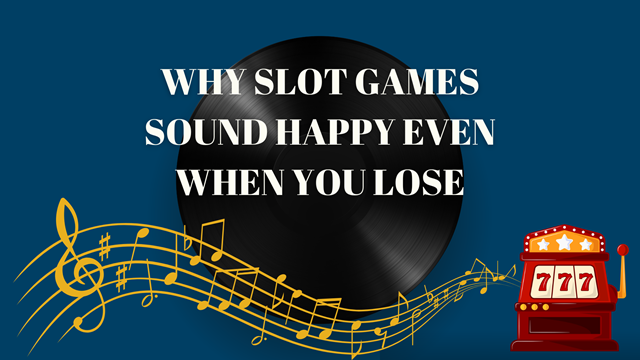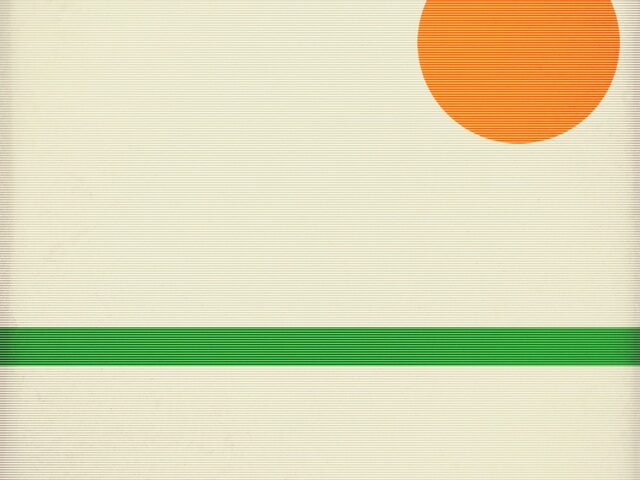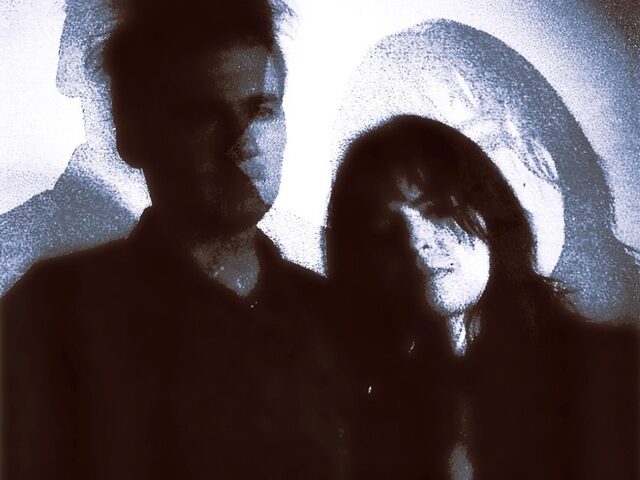There is a common misconception that you need a $1.000.000 recording studio to record and produce radio-ready vocals. In fact, all you need is decent room acoustics, a microphone, and some signal processing. All of which are covered in this article. Let’s dive right in!
Finding The Ideal Room
Your home is your castle, and you should be able to make music in it without worrying about outside noise or poor acoustics. The good news is, with a little bit of effort, you can turn any room in your house into an ideal vocal recording space.
The first thing do is to find a room with as little as background noise as possible. You want a room that’s relatively quiet so you can capture every nuance of your performance.
A lot of outside noise or echoes from other rooms won’t be ideal for recording vocals.
Another important factor is the reverberation time, or how long sound takes to decay in the room. A shorter reverberation time is better for as it minimizes unwanted echoes.
Acoustic Treatment
In a home studio, untreated reflections can muddy up the sound and make it difficult to hear all frequencies equally. This can lead to poor mixing decisions and less-than-ideal results when mastering.
There are three main items used for acoustic treatment:
- Bass traps
- Acoustic panels
- Diffusers
Let’s talk about the purposes of each item.
Bass Traps
Bass traps are low-frequency sound absorbers that are used to control standing waves and improve the accuracy of the bass response.
They are most effective when placed in the corners of a room, where they can intercept and absorb the longest wavelength (standing waves). By reducing these standing waves, bass traps can greatly improve the accuracy of response in your room.
Acoustic Panels
Acoustic panels are a common sight in home recording studios. They are usually made of a thick layer of absorbing material, such as fiberglass, sandwiched between two layers of hardwood or plywood.
The purpose of acoustic panels is to reduce the amount of reflected sound in a room. This is especially important in rooms with poor acoustics, where standing waves can cause sounds to become muddy and indistinct.
Acoustic panels are typically placed on the two opposing walls of a room, directly opposite each other. This helps to absorb as much sound as possible, preventing it from bouncing back and forth between the walls.
Diffusers
A diffuser is an acoustic device that is used to effectively reduce echoes and reflections. It does this by breaking up the reflections and scattering the sound waves.
This allows the sound to be more evenly distributed throughout the room, which reduces the overall intensity of the reflections.
Diffusers are commonly used in recording studios, concert halls, and other similar spaces where it is important to reduce unwanted reverberation. Unlike acoustic panels, diffusers do not absorb any sound. They simply diverse it and maintains a natural listening experience.
So where should you place them? For a bedroom studio, the most common reflection points are at the back wall.
Also, the ceiling between the listening position and the studio monitors can cause reflecting sound waves as well.
Those are the ideal spots for diffusers!
Choosing The Right Microphone
If you’re looking to record vocals, you may be wondering whether to use a condenser or dynamic microphone. Both have their benefits, but in general, a condenser microphone is more sensitive and able to pick up nuances in the performance.
Additionally, condenser microphones typically have a superior frequency response, making them ideal for vocals.
There are some great USB mics for vocals, and they’re suitable if you don’t own an audio interface or a preamp and want a simple plug-and-play solution. The USB port on the mic provides all the power you need.
Furthermore, microphones have different polar patterns and each has its benefits.
Still, for vocal recordings, the best polar pattern is cardioid. Why? It can pick up sounds from the front of the mic and reject sounds from the back.
Other polar patterns such as omnidirectional and bidirectional are not as effective since they do not reject ambient noises from the sides.
Adjust Settings In Your DAW
When setting up your project in your DAW, it’s important to make sure your settings are adjusted correctly. The sample rate is one thing that you’ll want to pay attention to.
A lot of music production is done at a 44.1kHz sample rate, but you may want to go with a higher sample rate if you’re producing audio for films.
Another thing to consider is bit depth. DAWs process audio at 32-bits precision or higher. Mix sessions should be set to at least 24-bit resolution. Otherwise, you start sacrificing audio quality.
Last but not least, record at optimal levels. A good rule of thumb is to have the sound average around -18dBFS, while peaking at -10dBFS.
Vocal Processing
Vocal processing refers to any effects or treatments applied to a recorded vocal track. This can include basic mixing and EQing, as well as more creative effects like pitch correction, auto-tune, reverb, and delay.
Vocal processing can be done in a digital audio workstation (DAW), using plugins or built-in effects processors. It can also be done using outboard gear, like standalone effects units or analog mixers.
Whether you’re looking to make your vocals sound polished and professional, vocal processing is a key part of modern music production.
Tuning
Auto-Tune is a vocal processing tool that adjusts and manipulates the pitch of vocals, to correct off-key notes or create unique vocal effects.
It is commonly used as a VST (Virtual Studio Technology) plugin within recording software such as Logic Pro, Pro Tools, and Ableton Live.
When used subtly, Auto-Tune can help to smooth out rough recordings and add overall polish to a vocal performance.
More aggressively, and it can be used to create robotic or “chopped up” vocal effects.
Overall, Auto-Tune is a versatile tool that can be used to achieve a variety of different sounds.
De-Essing
De-essing is typically done during the mixing stage after the vocals have been recorded. The engineer will use a de-essing plugin to identify and isolate the sibilant frequencies. Once these frequencies have been isolated, they can be attenuated or completely removed from the track.
So what is sibilance? Sibilance is the harsh, high-frequency sounds that are produced when certain consonants are pronounced, such as ‘s’, ‘t’, ‘ch’, ‘j’, ‘sh’, and ‘z’.
De-essing can make a big difference in the quality of a vocal recording. It can help to create a smoother, more polished sounding track that is free from harsh, unpleasant frequencies.
EQ
EQ, or equalization, is the process of adjusting the balance between frequencies in an audio signal. When it comes to vocals, there are a few key frequency ranges that you’ll want to focus on.
Below are some of the settings that I usually apply on my vocal track:
First, cut low-end bass frequencies around 100 Hz. This helps to reduce unwanted noise from the mic stand or desk, self-generated microphone noise, etc.
Furthermore, cutting around 200 Hz to 500 Hz can reduce muddiness and make the vocals sound clearer.
Finally, boosting frequencies around 3 kHz to 5 kHz will add clarity and presence, and help vocals cut through a mix.
Compression
Compression is key when it comes to getting your vocals to sound radio-ready. By compressing your vocals, you can even out the levels, which will make them easier to mix. Here’s how to do it:
- Set the attack around 15ms
- Pick the 4:1 ratio
- Bring down the threshold until you have a 10+dB of gain reduction on the volume peaks
- Adjust the attack until you’re happy with where the vocals sit in the mix
- For more aggressiveness, speed up the release
- Add make-up gain to adjust for the volume-loss
With these settings in place, your vocals should now be nicely compressed and ready for radio play!
Effects
There are tons of effects that can be applied to a vocal signal chain. Sure, they’re fun to experiment with, but my philosophy is “less is more”. It’s far too easy to get lost in the infinite jungle of VSTs.
Still, there are two effects that I always add to my vocals – Reverb and Delay.
In essence, reverb can be used to create a sense of space and depth around the vocals. In addition, delay can be used to create an echo or doubling effect that can thicken up the sound of the vocals.





